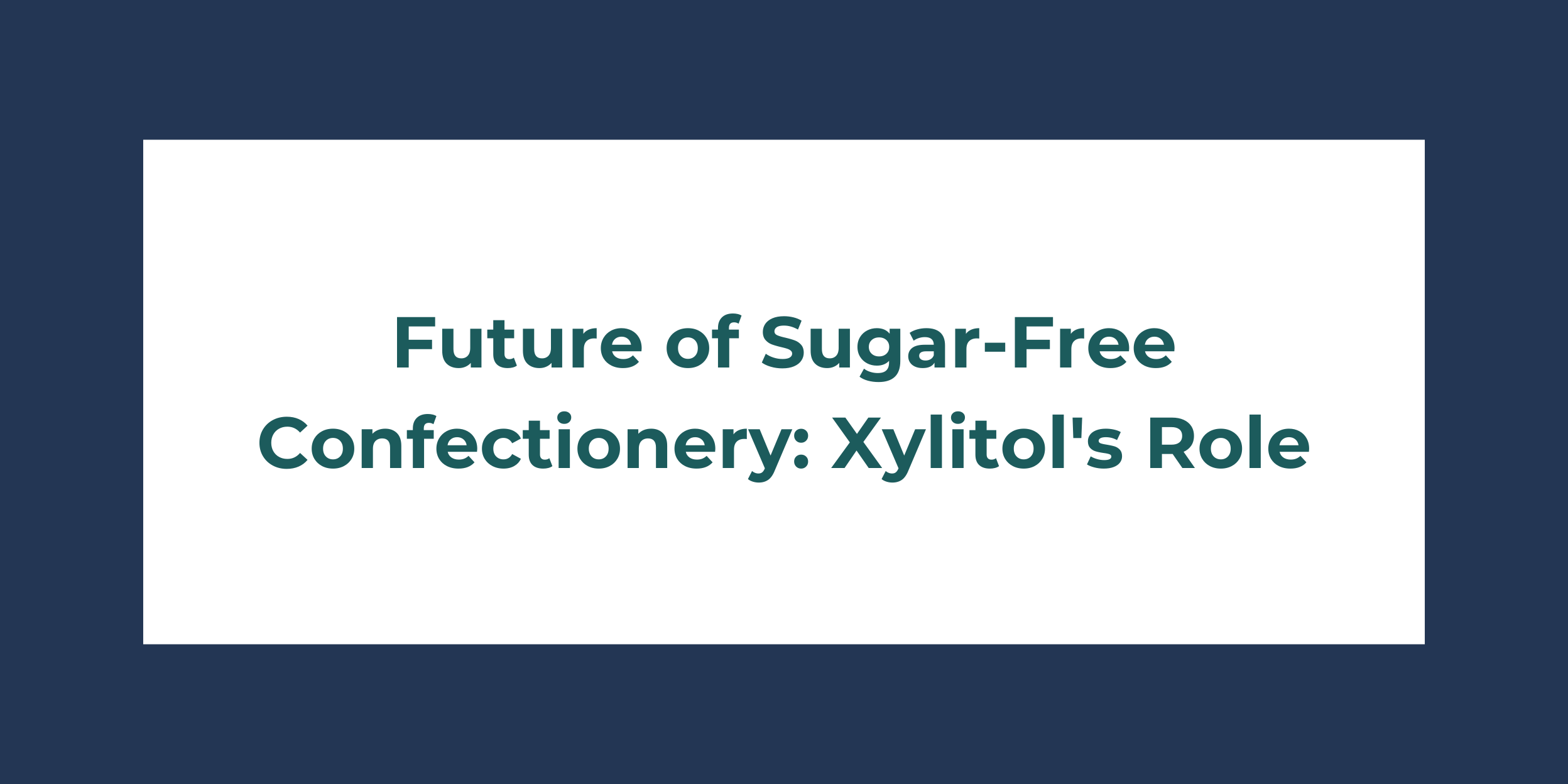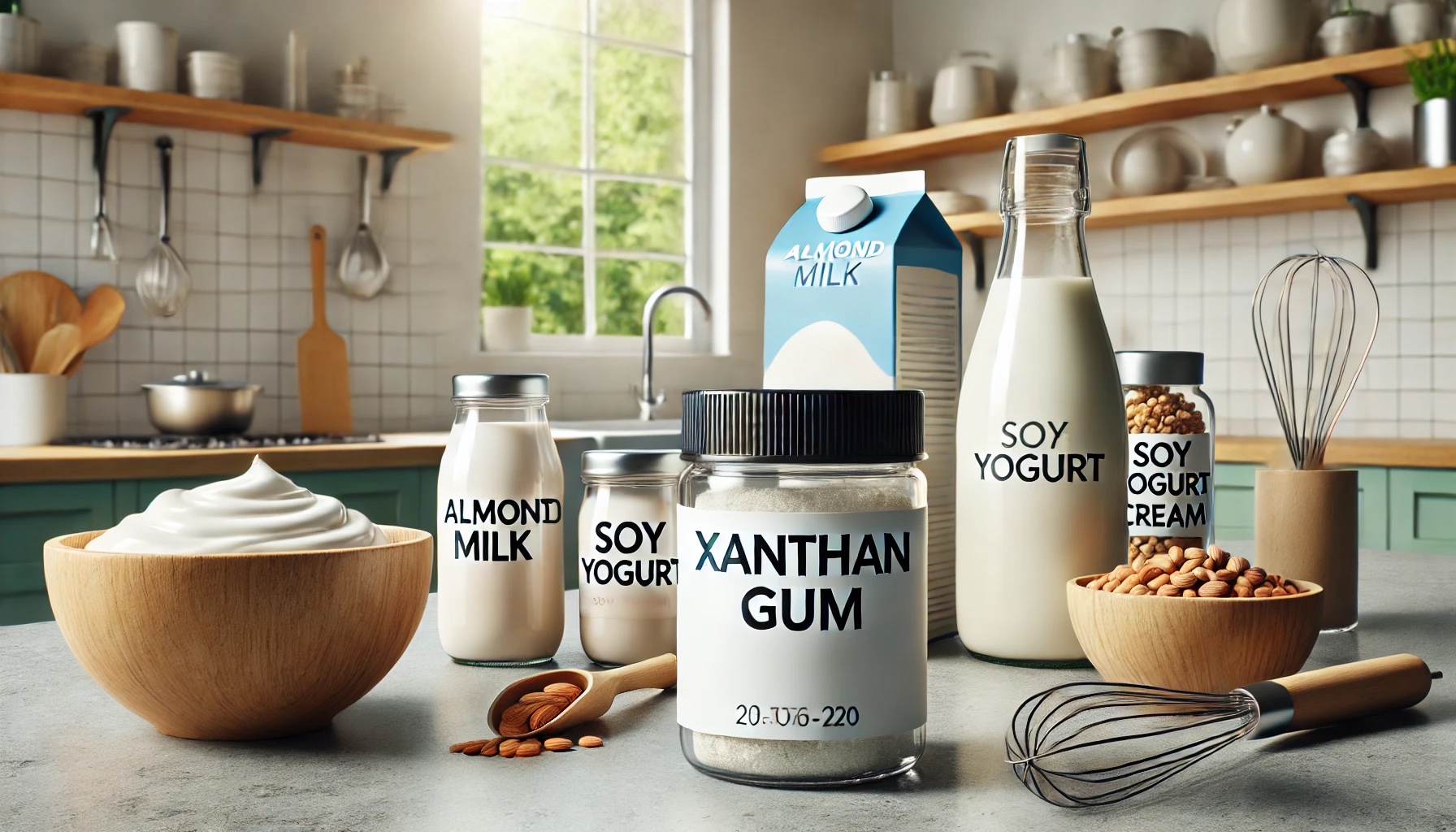Introduction to Xylitol
Xylitol is a natural sweetener derived from fruits, vegetables, and even the bark of birch trees.
It has gained popularity due to its ability to mimic the sweetness of sugar while offering a range of health benefits.
Unlike traditional sugar, xylitol has fewer calories and does not spike blood sugar levels, making it a prime candidate for use in sugar-free confectionery.
As consumer demand for healthier alternatives increases, xylitol is set to play a significant role in the future of sugar-free sweets.
Health Benefits of Xylitol
Low Glycemic Index
One of the most notable benefits of xylitol is its low glycemic index (GI).
This means it has a minimal impact on blood sugar levels, making it a suitable sweetener for diabetics and those looking to manage their blood sugar levels.
Unlike sugar, which can cause rapid spikes and crashes in blood sugar, xylitol provides a more stable energy release.
Dental Health
Xylitol is widely recognized for its dental health benefits.
It inhibits the growth of Streptococcus mutans, the bacteria responsible for tooth decay.
Xylitol also helps in the remineralization of tooth enamel, reducing the risk of cavities.
These properties make it an ideal ingredient for sugar-free gums, mints, and other dental-friendly confectioneries.
Fewer Calories
With about 40% fewer calories than sugar, xylitol is an excellent choice for those looking to reduce their caloric intake without sacrificing sweetness.
This makes it an attractive option for weight management and for consumers seeking to enjoy treats without the guilt associated with high-calorie sweets.
Xylitol in Sugar-Free Confectionery
Enhancing Flavor Profiles
Xylitol’s taste closely resembles that of sugar, without the aftertaste often associated with other sugar substitutes.
This makes it a preferred choice for enhancing the flavor profiles of sugar-free candies, chocolates, and baked goods.
Its pleasant sweetness ensures that the final product does not compromise on taste, which is crucial for consumer satisfaction.
Texture and Stability
Xylitol contributes to the texture and stability of confectionery products.
It provides a similar mouthfeel to sugar, ensuring that sugar-free treats do not feel different from their sugar-laden counterparts.
Additionally, xylitol’s stability during heating and cooling processes makes it suitable for a wide range of confectionery applications, from hard candies to soft caramels.
Innovations in Sugar-Free Confectionery
Sugar-Free Chocolates
Sugar-free chocolates are becoming increasingly popular, and xylitol is at the forefront of this innovation.
By replacing sugar with xylitol, manufacturers can create chocolates that are not only sweet but also healthier.
Xylitol’s ability to blend seamlessly with cocoa and other ingredients ensures that the final product retains the rich, indulgent taste of traditional chocolate.
Gums and Mints
Xylitol has long been used in sugar-free gums and mints due to its dental benefits.
Chewing gum made with xylitol can help reduce plaque and promote oral health.
Additionally, xylitol mints provide a refreshing burst of flavor while helping to maintain a clean and healthy mouth.
Baked Goods
The use of xylitol in sugar-free baked goods is growing.
It can be used in cookies, cakes, and pastries to provide sweetness without the added calories and negative health impacts of sugar.
Xylitol’s stability under heat ensures that it performs well in baking, giving rise to delicious, health-conscious treats.
Market Trends and Consumer Demand
Growing Health Awareness
As health awareness increases, more consumers are seeking out sugar-free alternatives.
This trend is driving the demand for xylitol-based confectionery.
Consumers are becoming more educated about the adverse effects of sugar, such as obesity, diabetes, and dental problems, and are looking for healthier options without compromising on taste.
Clean Label Movement
The clean label movement, which emphasizes natural and recognizable ingredients, is also influencing the confectionery market.
Xylitol, being a naturally occurring substance, fits well within this trend.
Consumers are increasingly scrutinizing ingredient lists and preferring products with fewer artificial additives and sweeteners.
Regulatory Support
Regulatory bodies worldwide have recognized xylitol as a safe sweetener, further supporting its use in food and confectionery products.
This approval boosts consumer confidence and encourages manufacturers to incorporate xylitol into their products.
Challenges and Future Prospects
Cost and Production
One of the challenges in the widespread adoption of xylitol is its cost.
Xylitol is more expensive to produce than traditional sugar, which can impact the pricing of sugar-free confectionery products.
However, advancements in production technology and increased demand are likely to drive down costs over time, making xylitol more accessible.
Consumer Education
Educating consumers about the benefits of xylitol is crucial for its acceptance.
Many people are still unfamiliar with xylitol and its advantages over other sweeteners.
Effective marketing and clear communication can help bridge this gap and promote xylitol-based products.
Conclusion
Xylitol is poised to play a significant role in the future of sugar-free confectionery.
Its health benefits, combined with its ability to enhance flavor and texture, make it an ideal sugar substitute.
As consumer demand for healthier, sugar-free options continues to grow, xylitol will be at the forefront of innovation in the confectionery industry.
With ongoing advancements and increasing awareness, the future of sugar-free sweets looks promising, and xylitol is set to be a key ingredient in this evolution.








